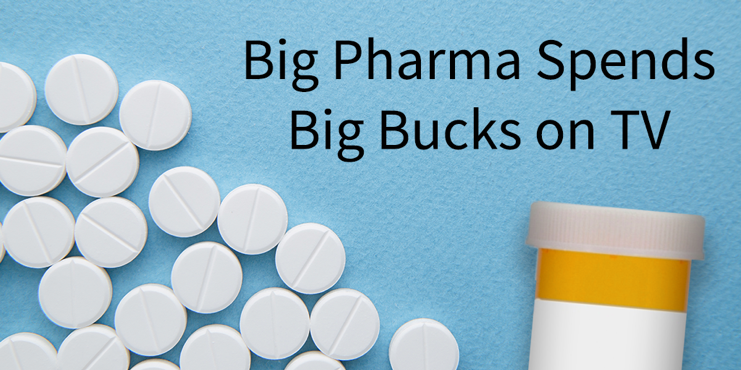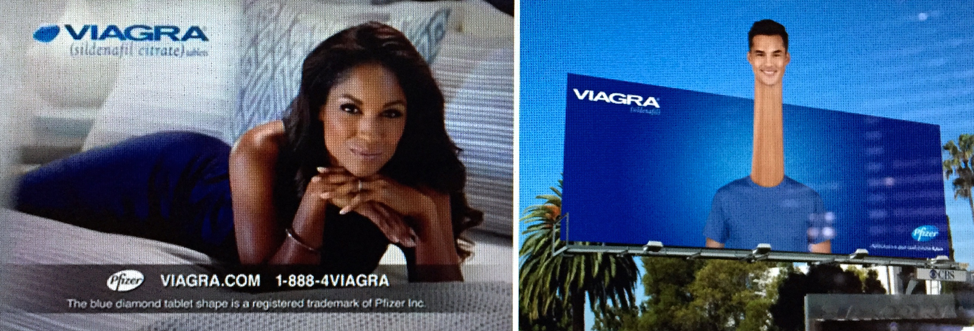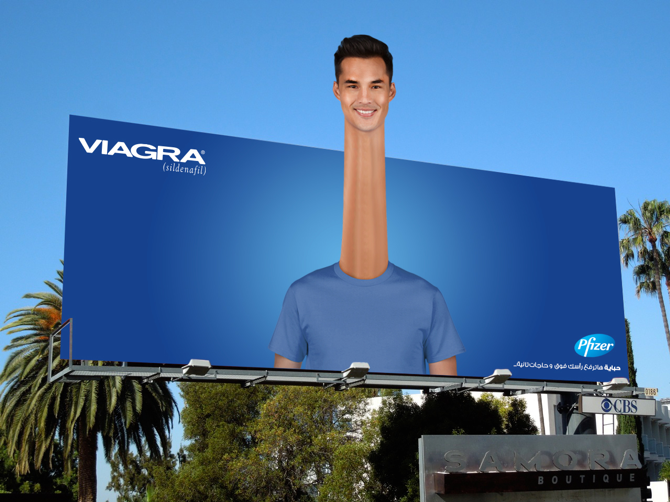
I yearn for a simpler time when doctors carried black bags and made house calls, baseball players stayed with the same team their entire career, and serious drugs were recommended and prescribed only by physicians.
I doubt that we’ll ever see the first two again, but we might live to see the day when America joins the rest of the world’s developed countries and stops hawking dangerous drugs on prime-time TV.
For the past week I’ve been watching, and one of the subtle take-aways is that most of these drug ads are targeted at older viewers – the news (CNN, Fox News, MSNBC) or television magazines (GMA, Today, or CBS This Morning). Implicit is the recognition that younger viewers are getting their news online.
Regardless, the next time a Vraylar or Eliquis ad interrupts your program, stay with it and listen to the sotto voce side effects while the happy family on the screen enjoys a hot air balloon ride or sail on the lake. In the meantime, here are Vraylar’s side effects:
- extrapyramidal symptoms (muscle spasms, muscle rigidity, tremor, jerking movements)
- agitation
- indigestion
- nausea
- vomiting,
- sleepiness,
- restlessness,
- weight gain
- headache,
- insomnia,
- abdominal pain,
- constipation,
- toothache
- anxiety,
- diarrhea,
- pain in the extremities,
- dry mouth,
- loss of appetite,
- back pain
- dizziness
Vraylar is just one example of the 27 drug ads I screened in the five days before writing this – all the while wondering why dangerous drugs were being advertised like Reese’s Pieces on TV? Curiously, these ads are all approved by the Food and Drug Administration (FDA) not the Federal Communications Commission (FCC) or Health and Human Services (HHS). What possible justification is there for allowing drugs that can only be obtained with a physician’s written prescription to be “sold” on TV?
Since 1962, the FDA has regulated pharmaceutical advertising with a mandate to ensure it is not false or misleading. What about dangerous, inappropriate, improper, unnecessary, and out of place?
1962, the FDA has regulated pharmaceutical advertising with a mandate to ensure it is not false or misleading. What about dangerous, inappropriate, improper, unnecessary, and out of place?
Here’s the FDA mission statement:“The Food and Drug Administration is responsible for protecting the public health by ensuring the safety, efficacy, and security of human and veterinary drugs, biological products, and medical devices; and by ensuring the safety of our nation’s food supply, cosmetics, and products that emit radiation.”
There is nothing in the mission statement about marketing prescription drugs, nor is there anything related in the FCC or HHS regulations. If these three agencies are charged with protecting the public’s health doesn’t it make sense to limit the advocacy of serious drugs with harmful side effects to the medical professionals charged with matching the right drugs with the needs of their patients? Let’s take away the temptation of those who are gullible or desperate enough to be seduced by the happy family scenes in TV ads.
In 1970 Congress voted to ban tobacco advertising in the interest of the nation’s public’s health. It makes sense that it should do the same with prescription drugs.
I believe in a market economy, but advertising has nothing to do with good medical practice? We know that pharmaceutical companies pay doctors to promote their drugs. That in itself is shameful – on both sides of the equation, but let’s not have patients telling doctors what drugs they want based on something they saw advertised on TV? America and New Zealand are the only two developed countries that allow the direct to consumer advertising of pharmaceuticals on television.
Here’s how it hit home for me; I got annoyed by the interruptions and began cataloging all the drugs that were advertised on the programs I watched over a five day period. I quit adding to the list when I had 27.
 Like most television watchers, I’d rather skip the commercials, but there are lessons to be learned when you pay attention to the spaces in between. Big Pharma is big business and marketing is a key element in growing that business.
Like most television watchers, I’d rather skip the commercials, but there are lessons to be learned when you pay attention to the spaces in between. Big Pharma is big business and marketing is a key element in growing that business.
Here’s how important TV ads are for Big Pharma: In the past 3 years (October 2015 to October 2018) prescription brands spent an estimated $10.1 billion on TV advertising. Last year 76 prescription drug brands spent an estimated $2.96 billion, running 200 ads 534,000 times on national TV. In total, these ads generated 148.9 billion impressions. None of these ads included price information, although Johnson & Johnson announced this week that it will begin to include that information in upcoming ads. According to an industry watchdog group called BiopharmaDive, spending for pharmaceutical ads in 2012 was the 12th-largest ad category. Last year, it was sixth.
In 2013 the profit margin for pharmaceutical companies ranged from 10% to 42%, with an average of 18%.
Let’s put those billions to work reducing the cost of drugs.
TV advertising isn’t the biggest problem confronting American healthcare. Drug prices are out of control. Health insurance is a patchwork of confusing choices, and Medicare, the biggest purchaser of prescription drugs, is prohibited from negotiating with drug companies on the cost of drugs. And… there are millions of Americans still unable to afford health insurance. No system is going to be perfect but we can do better.
It’s undeniable that America is capable of providing the most up to date and sophisticated medical care in the world, but, according to a Commonwealth Fund report the US ranks last overall among 11 industrialized countries on measures of health system quality, efficiency, access to care, equity, and healthy lives. To do better we need to treat healthcare as a universal right and work to eliminate the inefficiencies, duplications, price gouging, and unpredictability of the complicated system we have now. It should be a priority. Check this space for more.
In the meantime, amuse yourself with this Viagra spoof:

































